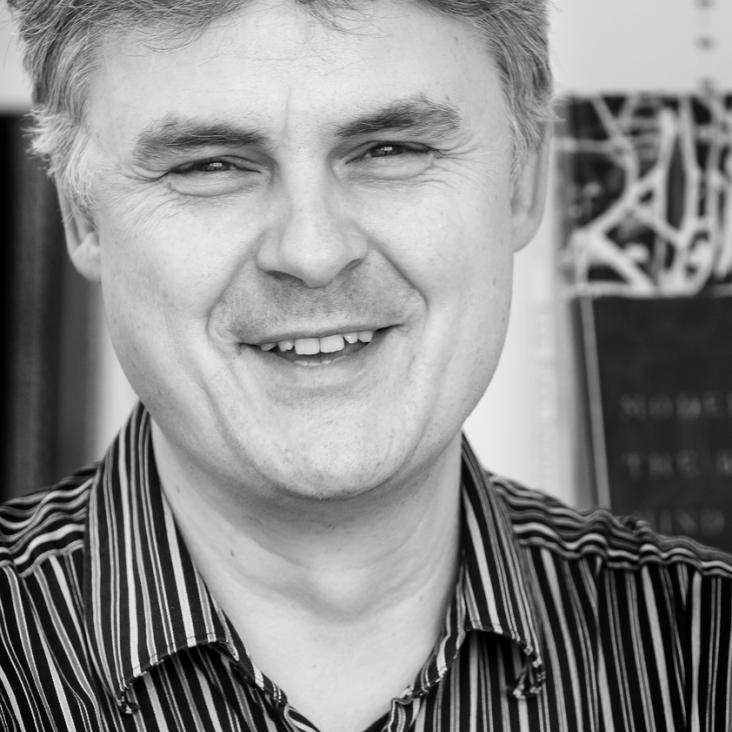A study of a second level track trigger for ATLAS
Abstract:
This paper discusses some of the problems of triggering at a high energy, high luminosity pp collider. A suggested second level track trigger for the ATLAS detector is described, based on hit information from a silicon tracker. Detailed Monte Carlo simulations have been performed to assess the performance of the trigger in accepting electrons and in rejecting the QCD jets that would fake electrons in the first level calorimeter trigger. Studies of the feasibility of implementing such a trigger are also presented. © 1993.THE DESIGN AND FUNCTION OF A RADIATION TOLERANT SILICON TRACKER FOR AN LHC EXPERIMENT
Development, characterisation, and deployment of the SNO+ liquid scintillator
Abstract:
A liquid scintillator consisting of linear alkylbenzene as the solvent and 2,5-diphenyloxazole as the fluor was developed for the SNO+ experiment. This mixture was chosen as it is compatible with acrylic and has a competitive light yield to pre-existing liquid scintillators while conferring other advantages including longer attenuation lengths, superior safety characteristics, chemical simplicity, ease of handling, and logistical availability. Its properties have been extensively characterized and are presented here. This liquid scintillator is now used in several neutrino physics experiments in addition to SNO+.Development, characterisation, and deployment of the SNO+ liquid scintillator
Abstract:
A liquid scintillator consisting of linear alkylbenzene as the solvent and 2,5-diphenyloxazole as the fluor was developed for the SNO+ experiment. This mixture was chosen as it is compatible with acrylic and has a competitive light yield to pre-existing liquid scintillators while conferring other advantages including longer attenuation lengths, superior safety characteristics, chemical simplicity, ease of handling, and logistical availability. Its properties have been extensively characterized and are presented here. This liquid scintillator is now used in several neutrino physics experiments in addition to SNO+.Investigating nonlinear integrable optics with a Paul trap
Abstract:
Designing high-intensity accelerators has traditionally relied on using computer simulations to study the beam dynamics. As intense beams are comprised of large numbers of particles, all interacting via Coulomb forces, such simulations require significant computational power in order to numerically predict these interactions. The Intense Beams Experiment (IBEX) is a linear Paul trap that can replicate the transverse beam dynamics in accelerators by trapping low-energy ions using RF electric fields that emulate the magnetic focusing elements of particle accelerators. IBEX’s flexibility allows different lattice designs and beam intensities to be tested with ease, which means that it can be used to test novel lattice configurations for high-intensity accelerators. Examples of such lattices arise from the theory of Nonlinear Integrable Optics, and, as discussed in this thesis, the related theory of Quasi-Integrable Optics (QIO). These theories suggest techniques for introducing nonlinear elements such as octupoles into an accelerator lattice, while keeping the system integrable and hence maintaining stable particle motion.
In this work, an upgrade to the original IBEX trap was designed, manufactured, and commissioned with the aim of experimentally testing the principles of QIO. Simulations were used to test the ability of a quasi-integrable lattice to damp a space-charge-driven coherent resonance without exciting the 4th order incoherent resonance in the vicinity. This lattice was then compared to a lattice which broke the integrability conditions, which was shown to excite the 4th order resonance. Using the newly-commissioned IBEX-2 trap, we were then able to test the quasi-integrable lattice experimentally and verify the results from simulations. This thesis demonstrates the first ions successfully trapped in a quasi-integrable lattice in a Paul trap, and discusses the benefits of introducing octupole elements according to the method prescribed by the theory of QIO. The experimental results presented here show the potential value of QIO to research on high-intensity beams in accelerators.


